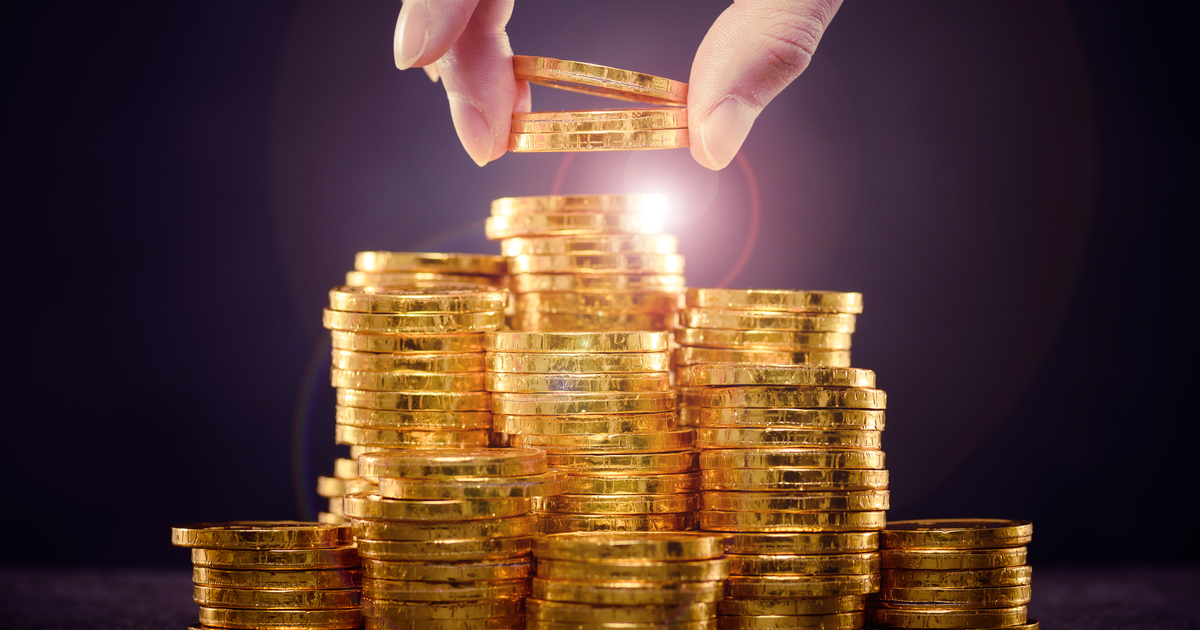
Gold has gained further momentum on its price highs seen just last month by hitting a new record of $4,000 an ounce, as investors seek ‘safe haven’ opportunities to allay concerns over ongoing market and economic turbulence.
According to the chief executive of global financial advisory deVere Group, Nigel Green, said gold’s move beyond the $4,000 mark confirms the price has doubled in less than two years and surged by 20 per cent in just the last two months.
Green said this “rally” signals the growing uncertainty felt by investors around key structural aspects including debt, inflation and policy.
“Gold at $4,000 is a defining moment for global markets,” he said.
“It shows that confidence in fiat currencies and government debt is weakening. Central banks are buying record volumes, investors are following, and this combination has created a powerful price momentum.
“The question now is whether this pace can be sustained. Central banks have become the quiet force behind this climb.
“They are buying close to one thousand tonnes of gold each year to reduce exposure to the dollar and to reinforce their financial resilience.
“When official institutions keep accumulating at this rate, they create a strong foundation beneath the market, but even that has limits.”
The price surge comes amid the US government shutdown, which officially commenced last week, driving investors to turn to more “tangible stores of value” with no ties to political activity for their investments.
“The situation in Washington has reminded investors that political promises do not equate to financial security,” Green said.
“Gold represents protection from that uncertainty, but its price now also reflects how much faith has drained from other assets. That level of dependence always carries risk.
“Central banks are edging back toward looser monetary policy to support slowing economies.
“Lower real yields and higher deficits tend to favour gold, but there is a balance. If inflation falls more decisively or growth stabilises, some of the speculative urgency could ease.”
Green also confirmed exchange traded funds (ETFs) focused on gold have managed to capitalise on the commodity’s strong performance, but cautioned investors to not get too caught up in the hype.
“Technology has changed how people access the market,” Green said.
“Fractional ownership through digital platforms has broadened participation and deepened liquidity. This accessibility amplifies demand, but it can also exaggerate moves when sentiment shifts.
“Gold has reasserted itself as a core component of global portfolios. However, after such a sharp rise, periods of consolidation are natural.
“The fundamental drivers, including persistent inflation risk, fiscal excess, and geopolitical strain, are still in place, but markets move in cycles.
“The $4,000 milestone is not necessarily a ceiling, yet it does mark a moment for reflection.
“It shows how fragile confidence in the system has become. Gold will remain an important store of value, but its future path will depend on how quickly the world restores faith in its institutions and factors such as sovereign debt management.”